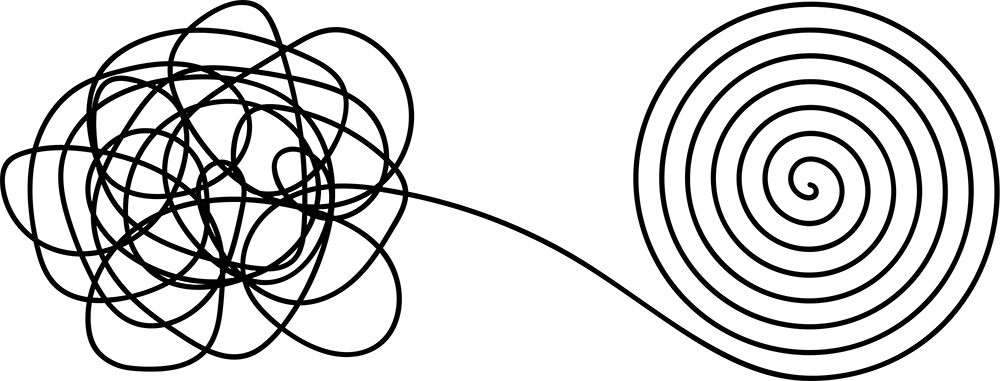The creative industry is no exception, with AI-powered tools making their way into the world of graphic design. While AI has made significant strides in automating certain design tasks, it's important to consider whether utilising a Graphic Designer is still more beneficial than relying solely on artificial intelligence. In this short article, we will explore the unique qualities and advantages of human creatives versus AI in the field of graphic design. From creativity and empathy to adaptability and problem-solving skills, human designers bring a wealth of benefits that AI simply cannot replicate.

Humans have a deep bank of imagination to draw from, allowing us to think independently and 'create new' based on personal experiences, emotions and opinions. We can bring fresh perspectives to any topic. While AI can generate many things based on patterns and data, it lacks the ability to infuse any form of experience with authentic creativity. AI relies on pre-existing, templated algorithm, inhibiting any human essence or understanding of a brand's value, personality or vision.

graphic communication is not just about aesthetics; it's about creating an emotional connection with an audience. Human graphic designers have the ability to understand the nuances of human emotions and use design elements to evoke specific feelings in the recipients. They can tailor artwork to elicit the desired emotional response, whether it's trust, excitement, nostalgia, or joy. AI lacks the emotional intelligence and empathy required to connect with an audience on a personal level. It cannot comprehend the subtle cultural, social, or emotional cues that may be essential for creating a successful campaign.

Design projects often evolve during the creative process, requiring designers to adapt and make on-the-fly decisions. Human graphic designers possess the adaptability and intuition to respond to these changes, ensuring the final product meets the client's evolving visio. AI, on the other hand, follows predefined algorithms and cannot adapt to unexpected challenges or shifts in the project's direction. AI lacks the intuitive judgment that human designers use to navigate complex design tasks.
Graphic designers use critical thinking to address issues like readability, hierarchy, and user experience, all while maintaining overall visual appeal. They consider the bigger picture and aim to create designs that serve the client's objectives effectively. AI, although capable of automating some design tasks, does not possess the ability to think critically or solve problems in the same way a human designer can. It cannot assess the context and make nuanced decisions that consider the intricacies of the project.
“Human intuative judgement will be impossible to replicate, that's artificially speaking!”
Innovation is born in the minds of creative individuals. Human graphic designers have the capacity to push the boundaries of design and explore new horizons. They can introduce fresh design trends, experiment with new techniques, and pioneer novel visual concepts, ultimately driving the field forward. AI, while efficient at repetitive tasks, cannot truly innovate in the same way. It relies on existing data and patterns, which means it may be limited in its capacity to create groundbreaking and avant-garde designs.
Understand your client's unique needs and build strong relationships. They take the time to understand the client's brand, mission, and values, ensuring that the final design aligns with the client's vision. AI lacks the interpersonal skills to build relationships or understand the nuanced preferences of individual clients. It can generate artwork based on data but cannot engage in meaningful conversations or offer personalised design consultations.
While artificial intelligence has undoubtedly made strides in automating certain tasks, it cannot replace the essential qualities and advantages that human graphic designers bring to the party. Creativity, emotional connection, adaptability, problem-solving skills, innovation, and personalization are all areas where human designers excel. In the world of graphic design, it's not a matter of choosing between human designers and AI. Instead, it's about recognising the complementary roles they play. AI can assist with repetitive and time-consuming tasks, allowing human designers to focus on the creative aspects and strategic thinking that make design truly exceptional. The ideal approach is to harness the power of AI as a tool to enhance the capabilities of human graphic designers, resulting in a harmonious blend of human creativity and AI efficiency.